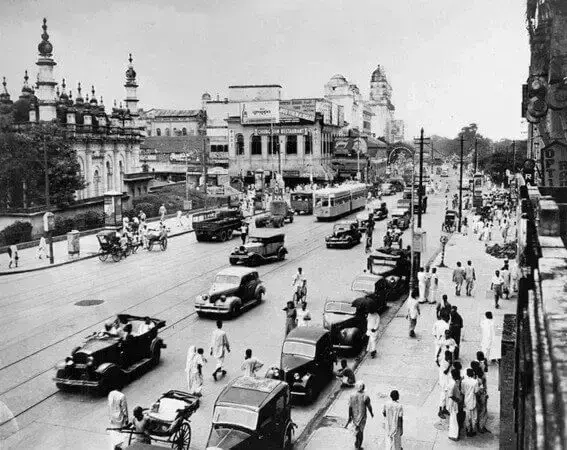The Roots of Modern Indian Communalism - And an Alternative
The Bengal Renaissance became a willing tool to spread this colonial ideology

A Ram temple will be built on the ruins of a demolished monument and mosque.
But the Supreme Court also held that Hindus only ever prayed in the courtyard. That Muslims had failed to establish exclusive possession of the inner structure after 1857. That the ouster of Muslims from worship and possession in 1949 was an unlawful act. And that demolishing the structure was an egregious violation of the rule of law.
The judgment also found no evidence, from the ASI or elsewhere, that the Babri mosque was built by demolishing a temple.
For these reasons the Sunni Wakf Board has been given 5 acres of land to construct a mosque elsewhere.
The Supreme Court’s verdict gives us a golden opportunity to disrupt the RSS argument that Muslim rulers built mosques in India by razing temples.
But you may be surprised to learn that a large section of liberals, who might genuinely be anti-Modi, anti-BJP or anti-RSS, also share the perception that Muslim rulers destroyed temples to construct mosques.
The whole edifice of modern India’s liberalism is based on precepts established by the 19th century Bengal Renaissance, whose leading lights Rammohan Roy, Debendranath Tagore, and later, of course, Bankim Chandra Chatterjee, invented the ‘1000 year slavery of Hindus’, ‘Indian civilisation primarily constituting Hindus, Buddhists, Jainis, even Sikhs, with Muslims as the the other’, ‘Muslim rulers disfiguring temples’ chronicle.
The two elements that the Bengal Renaissance tended to eschew, even attack, were Sanatan Dharm and Islam, and the composite culture generated in the Indian subcontinent by their interaction.
A figure like Rabindranath Tagore never really repudiated this theoretical atrocity built on bad faith.
Whatever reformist urges the Bengal Renaissance ushered in, it carried a highly pro-Imperialist, pro-British impulse. The British wanted to divide the history of the subcontinent into Hindu vs Muslim, saying, in effect, that these two religions and identities were in perpetual conflict.
The Bengal Renaissance became a willing tool to spread this colonial ideology.
In the 20th century, when the British had no use for ‘liberal communalism’, they created the Baniya-Marwari-Jaini-Khattri-Punjabi RSS and its offshoots, as part of the longterm Imperialist agenda to subjugate India, going well past the country’s formal independence.
The RSS embodies values that are opposite to liberalism. But its reason for existing is the philosophy and historical worldview created by 19th century Bengal liberalism that many Indian elites still copy today.
Gandhi, Nehru, Azad spoke against communalism, but they never attacked the Bengal Renaissance, the ideological mentor of Indian communalism.
This is the primary reason why the Congress ultimately failed to stop the RSS.
The Bengal revolutionaries of Yugantar and Anushilan, the Sikh dominated Ghadar party, Reshmi Roomal Tehreek, Chandrashekhar Azad and Bhagat Singh, Subhash Chandra Bose, the various anti-Muslim League currents among Muslims, the early Naxals… all tried nobly to reach out to 1857. But for one or other reason they all failed.
It was only the indigenously modernist Hindi-Urdu belt, the Sanatani-Indian-Islamic ideology of 1857, developed from the deep churning within peasants, artisans, Adivasis, and the nationalist petty bourgeoisie of the Mughal-Awadh-Maratha, pre-Renaissance, pre-reformist, pre-British Bengal, Gujarat, Karnataka, Orissa, Assam phase of Indian history, that countered the British and Bengal Rensissance type of thinking.
There was a class angle here, as Bengal Rensissance emerged from permanent settlement zamindars created by the British. Whereas the 1857 ideology owes its origins to the pre-British pattidari land revenue system.
Sepoys of 1857 like Mangal Pandey came from pattidari areas. They resisted British attempts to impose ‘colonial-communal modernity’ and were successful in warding off this immense threat.
Leading to a situation wherein, today, you have a Kisan Kranti Dal, a Mangal Pandey Sena, and many other peasant forces who will eventually bring down the RSS-BJP rule, which is backed by neo-Imperialist and anti-national forces.
So, here is the alternative narrative. Please study its roots and spread it as far as possible.



